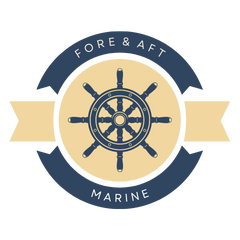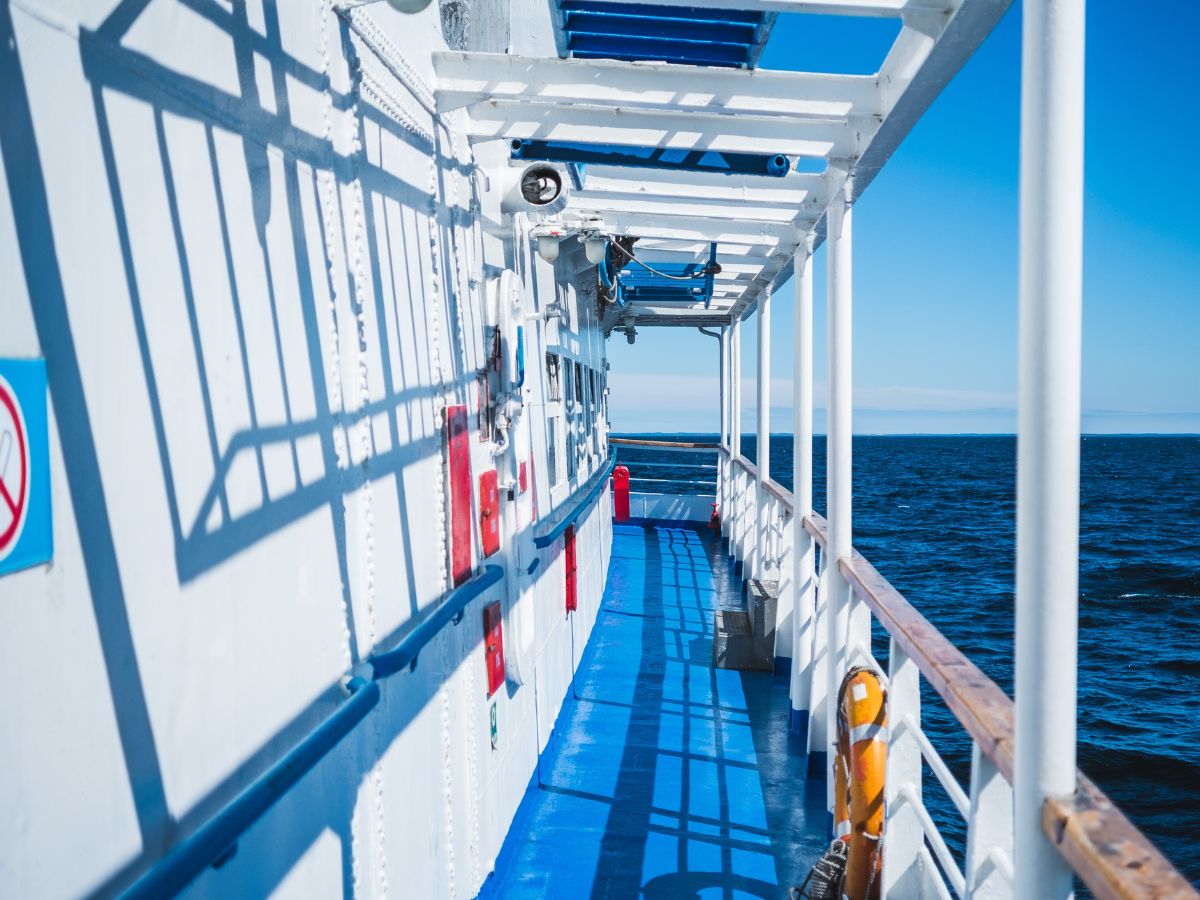We should avoid the specialized parts of marine electrolysis plan and focus on how it tends to be forestalled. Obviously, it is critical to grasp this peculiarity, however, our expectation gives the benchmarks that will guarantee a good outcome for boat metal parts conservation.
Marine electrolysis can be kept away from as a rule joining viable strategies. But in particular through observing. Submerged checking and anode substitution aren’t sufficient. It requires the outer and interior boat assessments which are fundamental to take care of each thing of your bases.
To do so isolating activities in the two components: “Marine Electrolysis Prevention above deck” and “Marine Electrolysis Prevention underneath the deck is vital.”
Marine electrolysis avoidance tips – Above deck
Inside Bonding wire Make sure that reinforced through-structures, submerged lights, trim tabs and other boat parts remain appropriately associated and the wires are looking great. Perform examinations cautiously and consistently. Look for power strings in touch with the water around your boat and make a point to haul them out assuming this is the case.
Meet your neighbours; see whether their boat metal parts are sans electrolysis and assume they are very much kept up with vessels.
Utilizing a Galvanic Isolator is an extraordinary method for secluding your vessel from others; obstructing low voltage DC flows coming on board your boat through the shore power ground wire. Simply ensure that the chosen gear meets the ABYC (American Boat and Yacht Council) particulars.
Marine electrolysis avoidance tips – Below deck
Electrolysis is vital to comprehend that various marinas, moors and slips establish specific electrolysis conditions. And so boat metal parts are impacted in an unexpected way. It is extremely difficult to lay out an example while estimating marine electrolysis. Each case ought to be taken on a singular premise.
- Submerged zinc observing is great technique with regards to electrolysis avoidance.
- Zinc observation includes a careful assessment of each zinc: mass, establishment and electrolysis response. It is prescribed to supplant zinc at the half. Zincs should be brushed during the frame cleaning visit to decide how much zinc life is left. The contact between metals (zinc/boat metal part) should be perfectly spotless. Keep up with unique producer zinc design, don’t over-burden the framework. Ensure your jumper grasps the rudiments of the cycle.
Specialized parts of Corrosion
“The annihilation of a metal or combination by compound or electrochemical response with its current circumstance.”
It is genuinely hard to look at a bombed metal boat part and tell quickly what caused that specific failure. In all likelihood the failure was brought about by a mix of reasons, including incorrect decision of compound by the producer. Also fabricating mistakes, like overheating, defilement or wrong covering, blunder in the application by the boat developer. And also water speed, contaminations, or contamination in the electrolyte (ocean water), temperature, vibration, stress, hole, galvanic or stray ebb and flow consumption.
Galvanic Corrosion
A characteristic peculiarity is that two different associated metals submerged in ocean water, or electrolytes, foster voltage and momentum. The metal that is most dynamic electrically will break down more certainly, while it is more negative to safeguard the metal. Thus the both of these metals are essential to us, we can connect another metal, more certain than the other two, which will fall apart first and safeguard the more significant metals. This conciliatory metal will dissolve, safeguarding the boat metal that is attached to it and presented to a similar waterway.
Stray Current Corrosion (usually called Electrolysis)
Stray flow consumption is like Galvanic Corrosion aside from that the voltage and flows stream are made by an external electrical source. Which is as opposed to unexpectedly in nature, typically with significantly more power than galvanic activity. And can weaken our important boat metal in an exceptionally brief timeframe.
Mechanical Corrosion
Tempestuous water, high-speed water (particularly at twists in cooler tubing), and sediment loaded water will all cause the disintegration of metals. Lopsided speed inside a cylinder or across metal surfaces of boats in flowing water or floating will likewise cause disintegration. Propellers have a few extraordinary issues, in that they have enormous lopsided surfaces presented to flowing flows which cause temperature and electrical contrasts on various areas of the surface. Furthermore contrast in voltage because of the different speed between the centre point and edges. Other than adjusting the shaft and propellers, holding, utilising shaft lashes and an anode framework. This will regularly downplay propeller disintegration before supper out the voltage over the whole propeller surface.

